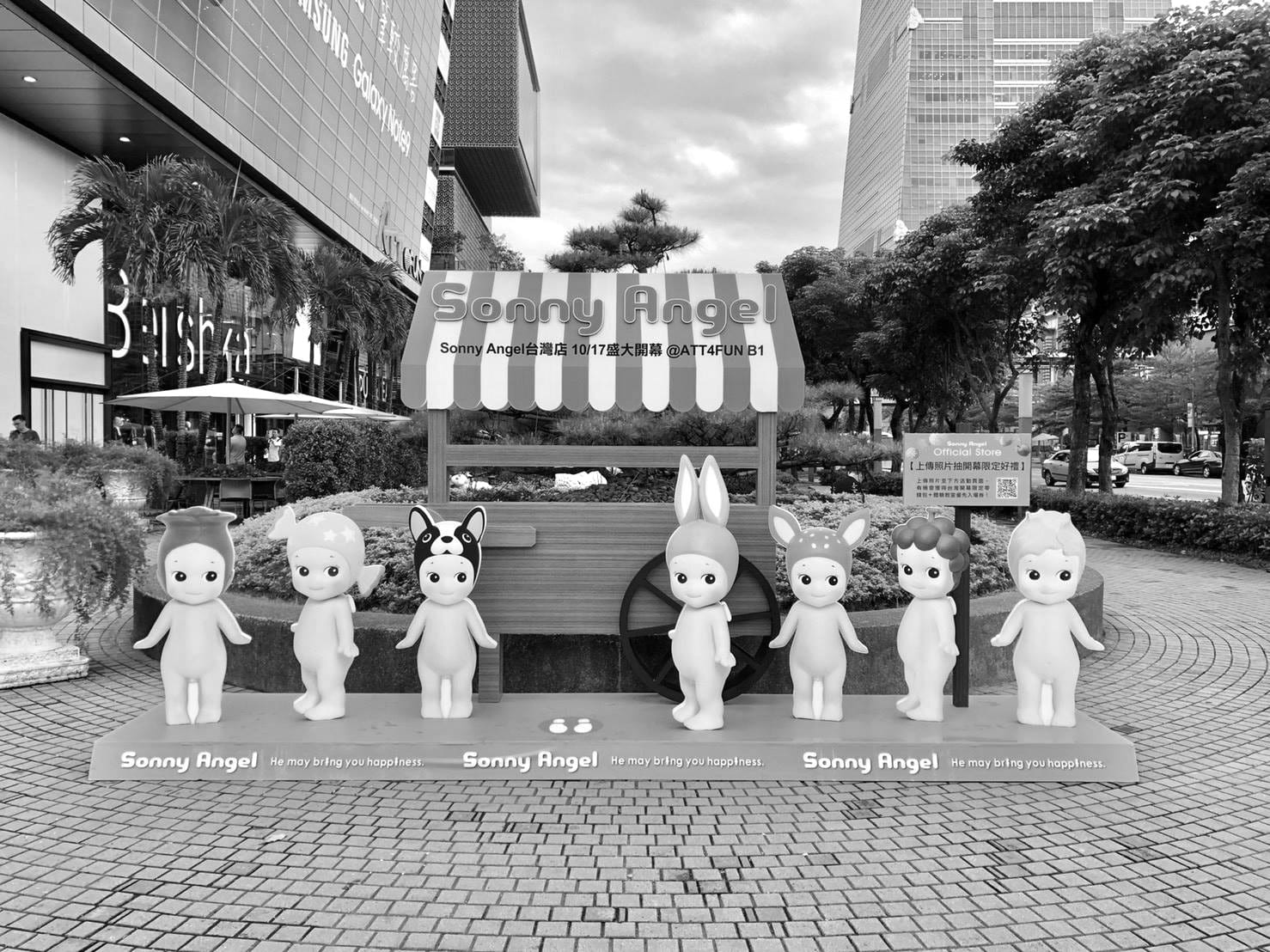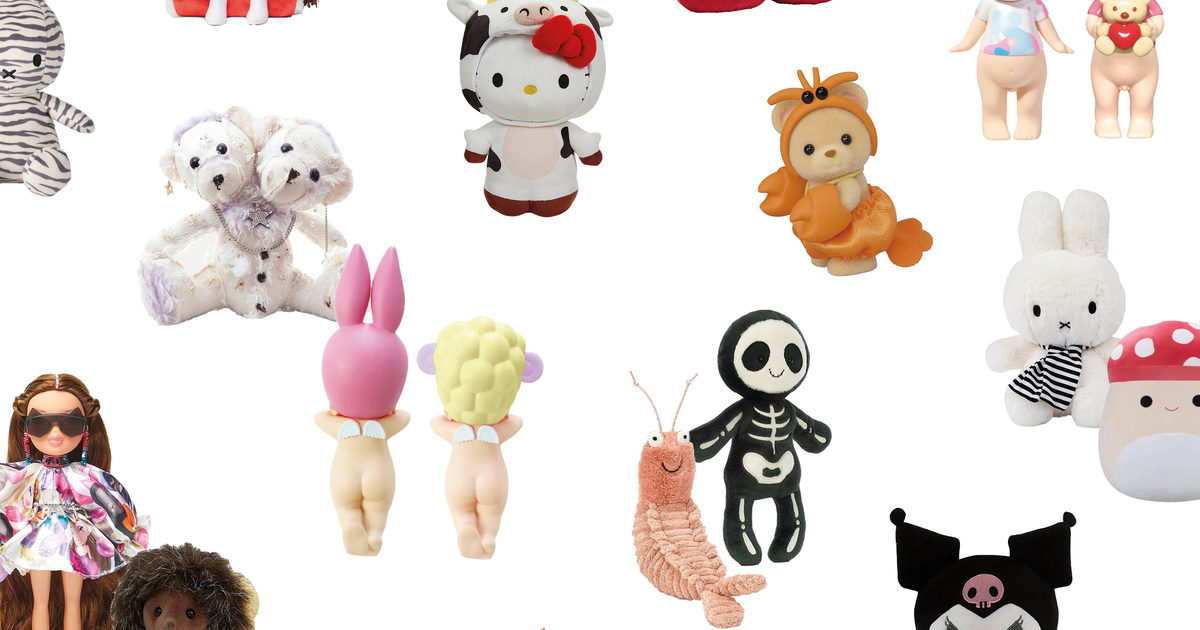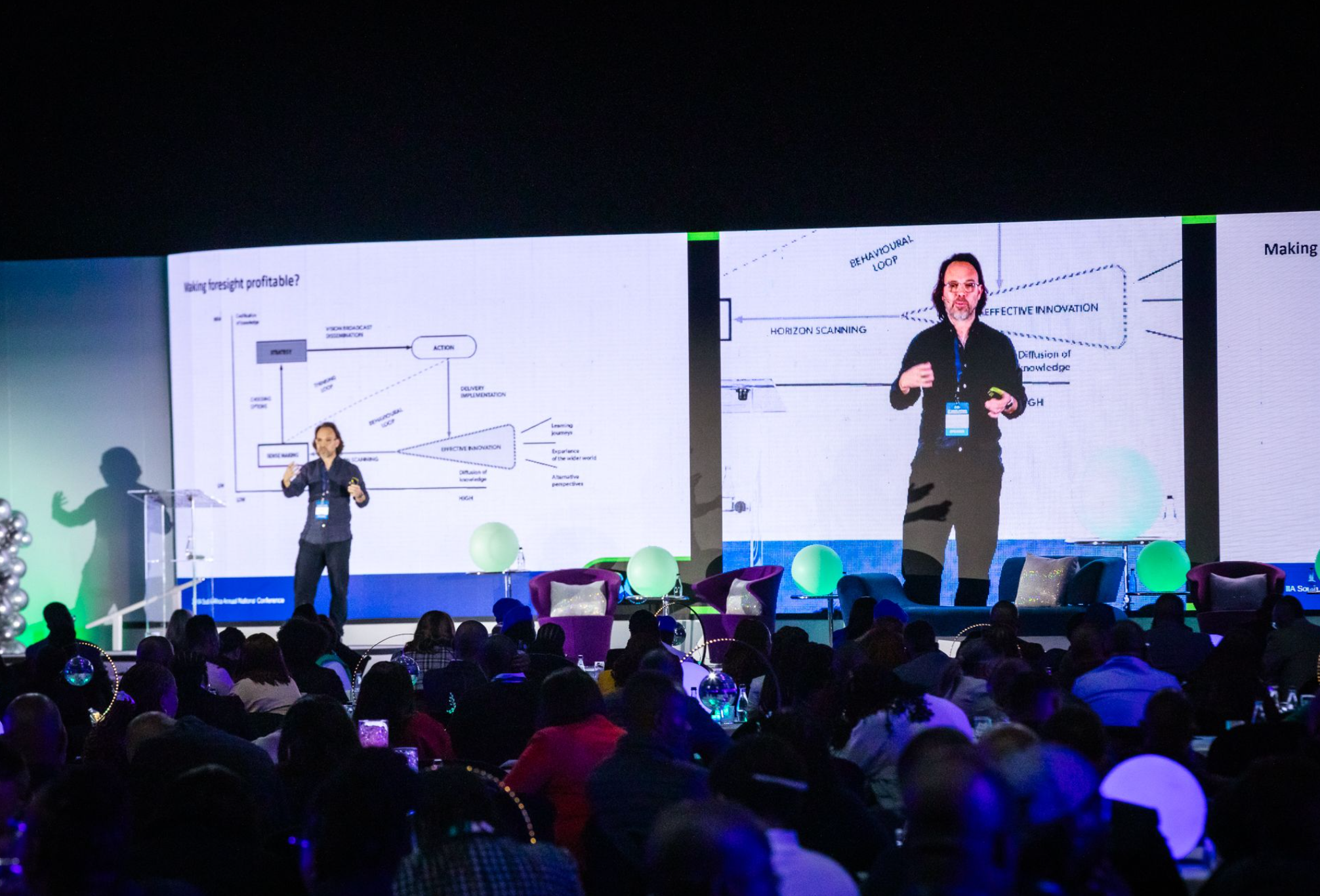How to disrupt an industry
If you want to attract the talent to shake up an industry; offer creative people what they want most of all.

For some time now, there have been intellectual musing and lots of guffaws about the rising popularity of adults behaving like children.
Years and years ago, we remember Li Edelkort at Design Indaba speaking about incidences of adults choosing to wear onesies (yes, another word for a babygrow) as 'a consequence of feeling despondent about the future and choosing instead to retreat back to childhood as a form of protection from unhinged levels of change'.
Yes, this may be one explanation, which is accurate for some people, some of the time. But - may we stress - it is just one of many plausible explanations for why this is now more pervasively socially acceptable.
Here again is another story (hot off the press) - about adults publicly playing with toys and the huge popularity of dolls amongst people that ordinarily shouldn't still be playing with dolls.

There is a lot going on here and we're sure that social anthropologists are literally frothing at the mouth, while banging out thousands of non-ChatGPT assisted academic papers about how culturally significant this moment is. All of which may certainly be highly-relevant.
But we're not anthropologists and frankly are not all that interested in the details of what's exactly trending right now in the world of toys for adults.
What's happening socially?
Where their is some useful pattern-tracking to be noted is that socially (at least in some parts of the world and within certain demographics) there has certainly been a radical liberalisation of behavioural norms. As a part of this social change. adults have over time been given far more license to explore their lives more creatively than was previously acceptable. It's probably less of a case where people are trying to hide from reality and more the fact that there is less stigma attached to playing with dolls now, than it was a decade or two ago.
What's happening economically?
While it could well be argued that socially we are being allowed to be more creative; unfortunately the exact opposite can be said of how we behave when it comes to business.
Organisations (as they get bigger and suffer from more bureaucracy) increasingly do not tolerate any kind of creative risk-taking. Enslaved to data and 'best practice' business is travelling head-first into conformity, rigidity and a kind of mental sterility that really shouldn't be acceptable even for those who find themselves incarcerated for serious criminal offences.
Where once business was seen as a delicate balance between high risk and big rewards; today we strive for all-reward with zero-risk. And this overconfidence in our apparent god-like ability to perform magic (that goes against the principles of the entire universe) is not going so well.
Divergence
If for a second you stand back and have a look at this divergence at a distance, you can see how a widening chasm between our economic and social realities is developing.
The values that we hold in our private lives are at odds with the lived experience of our economic cages. Quite simply we wanna play with dolls, while CEOs are 'cracking the whip'.
The extended mind
In her most recent book, in which she explores how the human mind functions, Annie Murphy Paul declares that what makes human beings so good at coming up with ideas and creatively exploring these imagined notions is rather surprising:
“Compute for a while, print out the results, inspect what they have produced, add some marks in the margin, circulate copies among colleagues, and then start the process again. That’s not how computers work—but it is how we work; we are “intrinsically loopy creatures”. Something about our biological intelligence benefits from being rotated in and out of internal and external modes of cognition, from being passed among brain, body, and world. This means we should resist the urge to shunt our thinking along the linear path appropriate to a computer—input, output, done—and instead allow it to take a more winding route.” ― Annie Murphy Paul, The Extended Mind: The Power of Thinking Outside the Brain
The true power of the human mind is set alight by allowing it to be 'loopy'; unleashing it to 'wonder and wind without purpose', to take bold risks, experiment, tinker and play. If you want work to be done, get a machine to do it. If you want the unimaginable to be created, then inspire people to explore it.

How do you build a 'loopy culture'?
Innovative companies are created by design and process. Speak to us if you would like some guidance as to how to build this into your organisation.
Get in touchA 'Loopy culture' as strategic advantage
Knowing that so many businesses in all industries have been hijacked by conservative bankers, is very good news. This opens up many categories to disruption by nimble, loopy innovators who are not afraid to explore and create the future of a category.
People are gagging to engage in work that inspires them and fuels their deep desire for creativity; those that offer these conditions for 'play' will be well placed to build market-creating innovations that outperform.
Previous related posts on Cherryflava:








